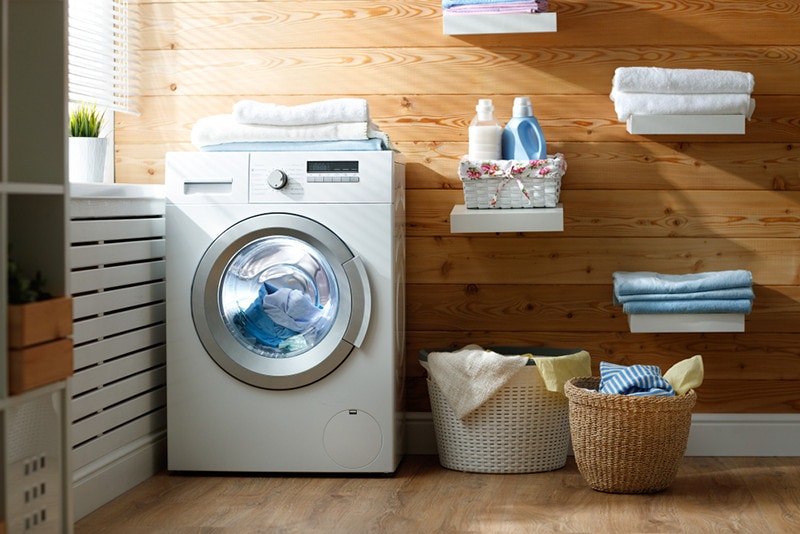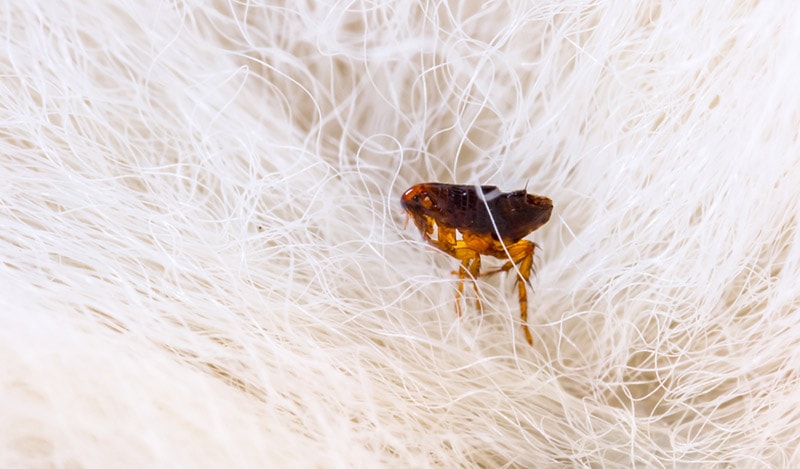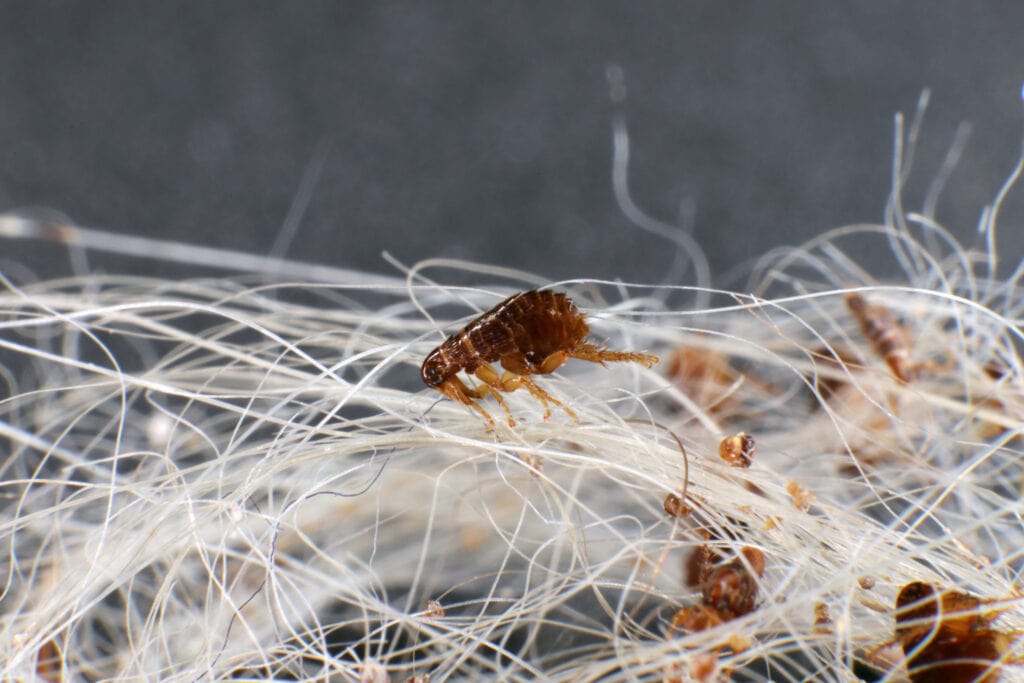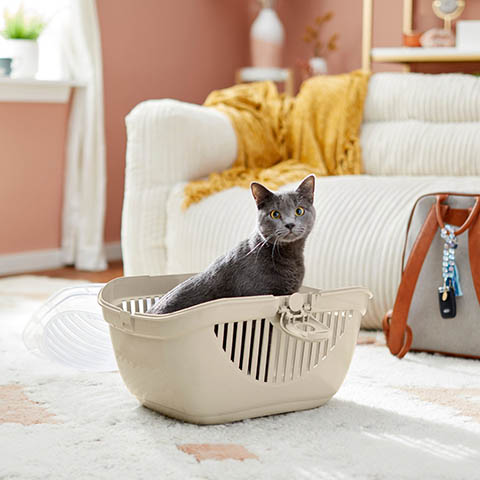Does a Dryer Kill Fleas? Vet-Approved Facts & FAQ
Updated on

A common problem that many pet parents have to deal with is fighting fleas. These small insects survive by feeding either on human or animal blood, which is why our homes make great starting points for their infestation. Although tiny, fleas can be extremely harmful to our and our pet’s health because they can transfer germs and cause other health-related problems.
Various flea products are available to prevent and treat flea infestations in households with people and pets. But these can’t help with clothing, bedding, pillows, and similar household items. Therefore, many people who have flea infestations will put their bedding, clothing, and other things into the dryer to kill the fleas.
But is this method effective? A dryer can indeed kill fleas as long as the temperature is above 104°F for a sustained amount of time.
Read on to learn where fleas come from, how you can notice infestations in your home, how a dryer can kill fleas, and other ways to care for flea-infested laundry.
Does a Dryer Kill Fleas?
During flea infestations, many people wash and dry their laundry in order to eliminate fleas and kill their eggs. But can the dryer actually kill fleas?
Fleas can’t withstand temperatures above 95°F, and most dryers typically operate at a temperature between 125°F and 135°F.
While outside, fleas can live for at least a week in temperatures above 95°F, until they eventually die. However, as the heat inside the dryer is much more concentrated and balanced, the fleas should be dead after a 30-minute cycle.
Flea larvae and eggs have a slightly better heat tolerance; they die when the temperatures are above 104°F. Some eggs may hatch at around 95°F, but that temperature would prevent the larvae from developing into adults. Since it’s better to be safe than sorry, it might be good to repeat the process or make the heat cycle longer to ensure that your dryer will kill all the fleas.
This flea-elimination method is typically successful because fleas can’t withstand the temperature inside the dryer.

Where Do Fleas Come From?
You can find fleas both indoors and outdoors. When outdoors, these insects are cold resilient and thrive in damp, shaded conditions, which is why you can commonly find them in the following places:
- Shrubs
- Organic matter
- Tall grasses
When indoors, fleas prefer warm and moist environments where they can hide, so you or your pet represent an excellent host.
While most people believe that fleas only come from domestic pets, such as dogs and cats, that’s not entirely true. It’s also possible for another human, wild animal, or rodent to start a flea infestation in your home. There’s even a chance of getting fleas in public areas, such as yards, parks, and the vet’s office.

Signs of Fleas in Your Home
By knowing the signs of fleas in your home, you can react promptly and prevent severe infestations. Flea season typically starts during the warmer months, sometimes at the beginning of summer.
Here are the signs that there are fleas in your house:
- You may see fleas jumping on your pet’s fur.
- You may notice painful, itchy flea bites on you or your pet.
- You may notice flea dirt (feces and blood).
- You may notice these insects jumping around your home.
- Your pet may have pale gums.
- You may notice flea eggs on the floor.
Besides knowing what to look for around your environment, you should also pay attention to how your dog acts.
This list will help you recognize the signs of fleas in your pet:
- Excessive licking
- Excessive scratching
- Biting themselves
- Visible fleas jumping on the fur
- Dried flea droppings on the fur
If you see any of these signs, you should immediately consider possible treatment options to eliminate the fleas and ensure that your home is parasite free.

How Should You Take Care of Flea-Infested Laundry?
If you’re dealing with clothing, bedding, and other washable garments with fleas, it’s best to first wash them and then put them in the dryer. You’ll increase the chance of successfully eliminating these annoying insects by performing both processes.
The flea-infested laundry will be exposed to double heat from the washing machine and the dryer, which means you’ll kill more fleas and get rid of flea eggs.

 Final Thoughts
Final Thoughts
The dryer can kill fleas as long as you set it at a proper temperature above 104°F and ensure that the flea-infested laundry stays in the dryer long enough for the heat to eliminate all the pests.
Remember to always wash your clothes first and look for early signs of flea infestations in your home to prevent severe flea infestations.
Featured Image Credit: Evgeny Atamanenko, Shutterstock













